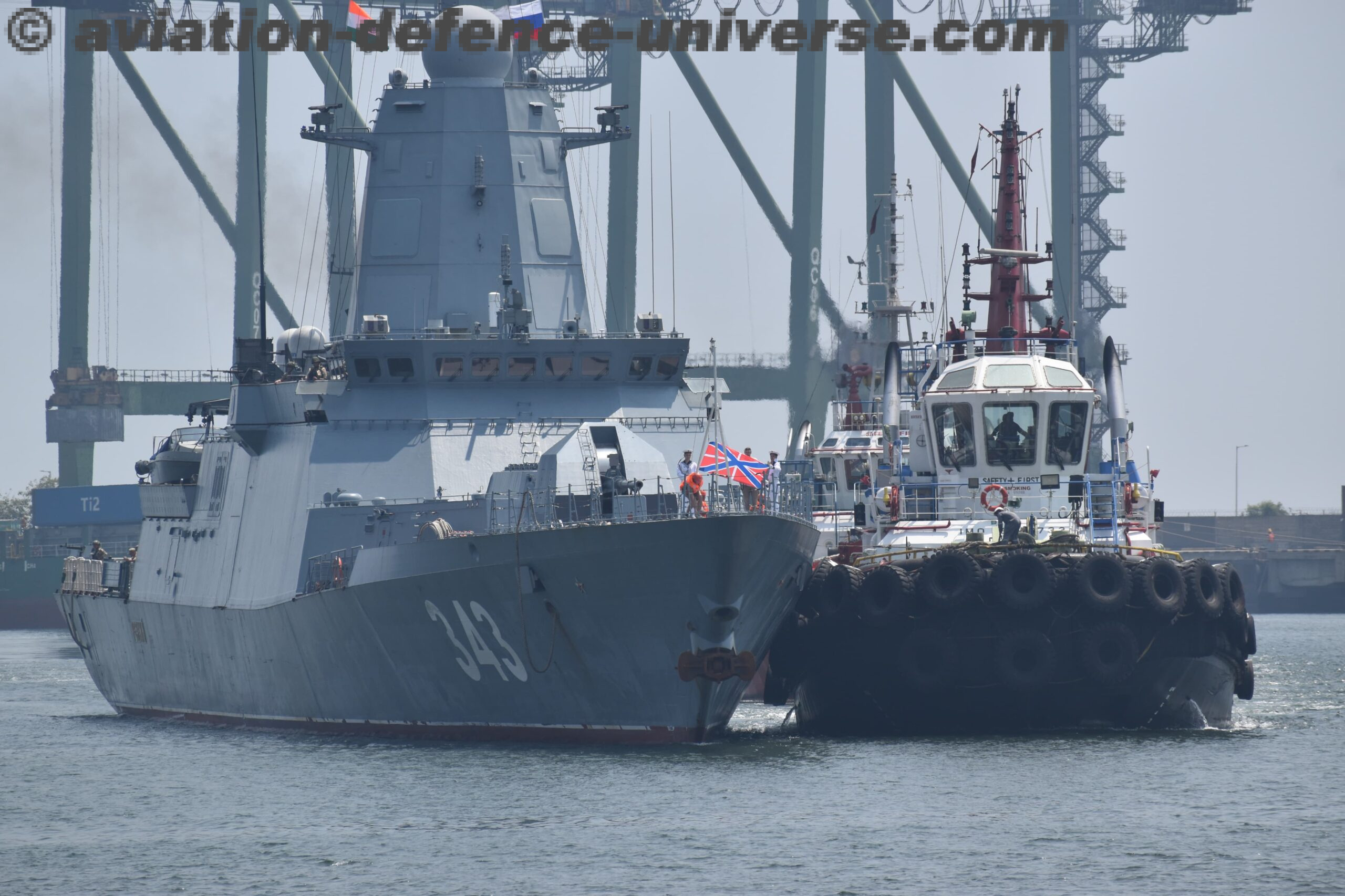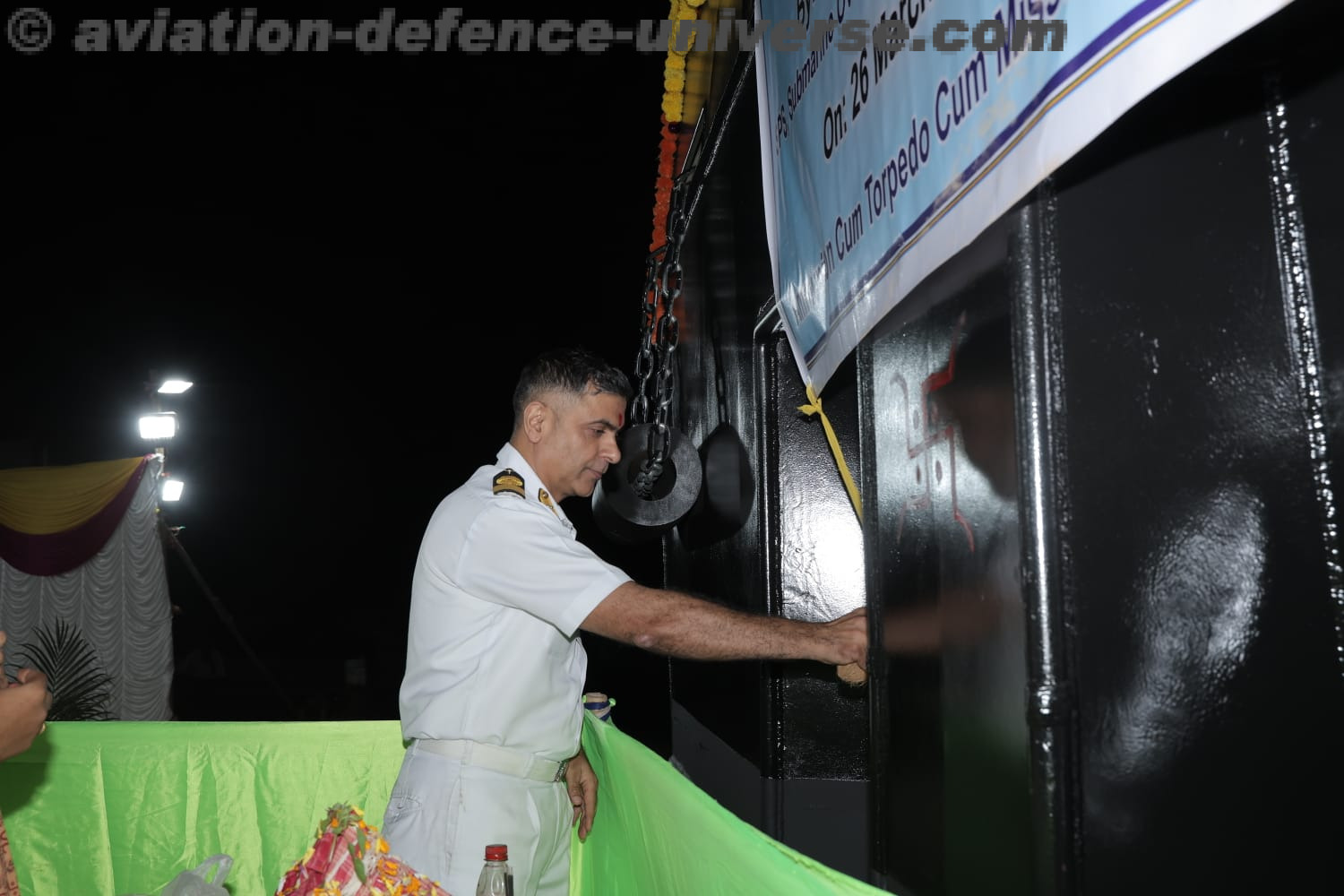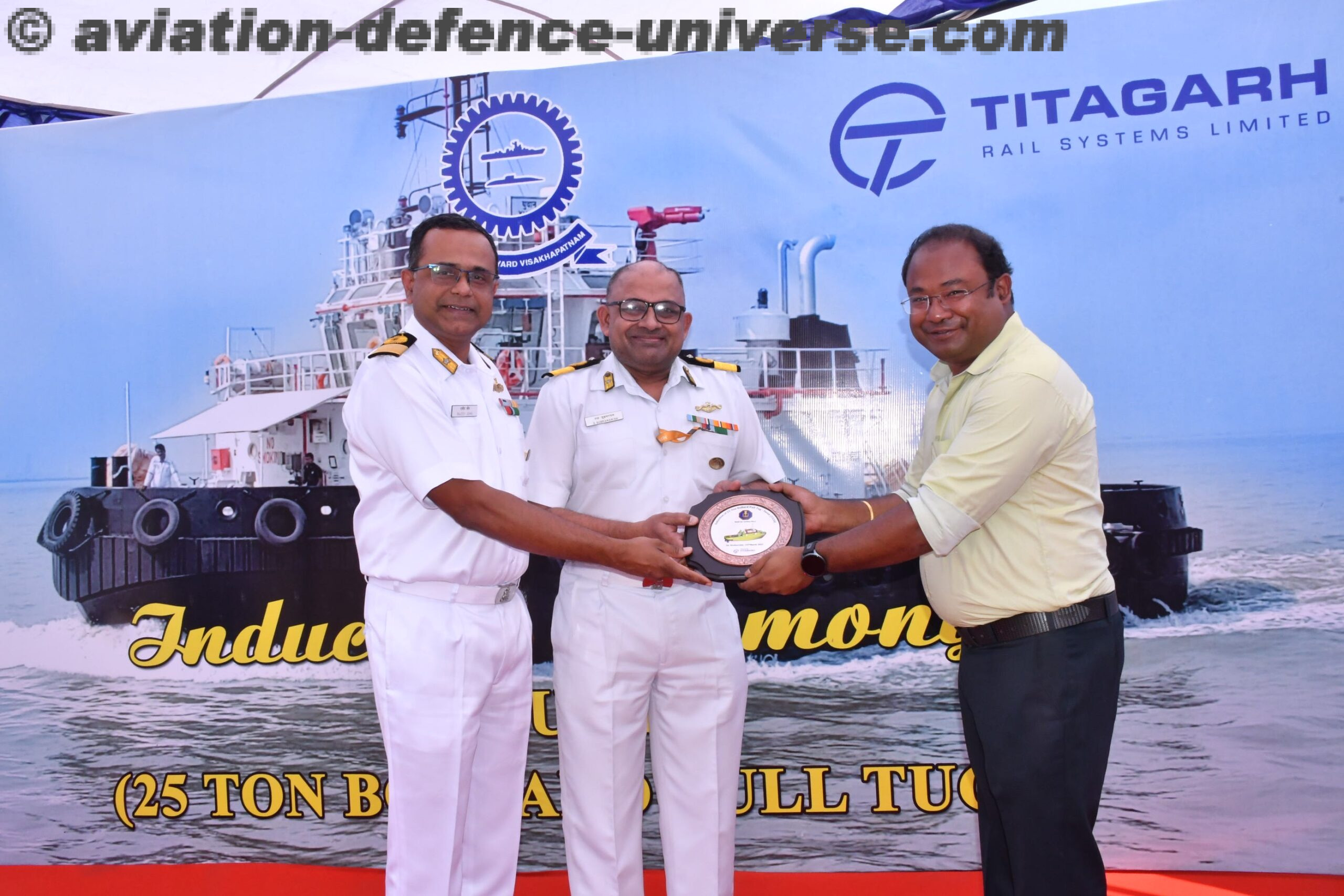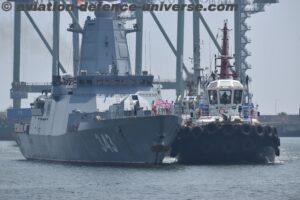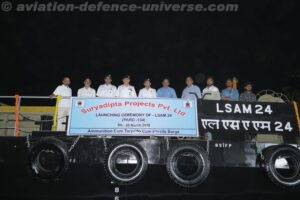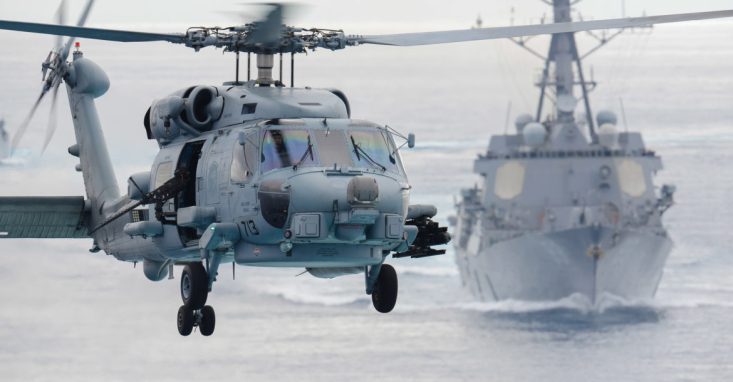
- Sikorsky finally on its way to enter Indian Navy’s inventory
By Sangeeta Saxena
New Delhi. 25 February 2020. And the long wait for Sikorsky has come to an end with India and US signing the deal for procuring 24 MH-60R Seahawk multi-role helicopters worth $2.6 billion made by Lockheed Martin Sikorsky for the Indian Navy.
Dan Spoor, Vice President, Sikorsky Maritime and Mission Systems responding to this development said, “we are very pleased to learn that India is moving forward with the purchase of 24 MH-60R multi-mission helicopters. We stand behind the U.S. Navy and look forward to having the Indian Navy become the fourth international country, joining Australia, Denmark and Saudi Arabia, to operate the MH-60R Romeo, the most advanced maritime helicopter in the world. This platform will provide the Indian Navy with the capability to identify, engage, and defeat maritime security threats along with the ability to perform secondary missions including vertical replenishment and search and rescue.”
In what was the mother of all acquisitions and the biggest aviation story of 2015, Igor Sikorsky’s legacy in 2016, became a Lockheed Martin company. A company which has been for so many years synonymous to Connecticut was all set to make Bethesda, the city of Lockheed Martin’s Head Quarter proud. But LM decided to let the Sikorsky remain headquartered at Stratford in Connecticut. And what did this acquisition mean for India, which had both Sikorsky and Lockheed Martin well entrenched into its aviation and defence universe?
Buying out of one global giant by another will definitely meant a positive for India which was not only acquiring from both but also had joint ventures with both, in India. The Indian Navy had also selected the US Sikorsky S-70B Seahawk for its shipboard Multi Role Helicopter (MRH) requirement. This was an unfinished agenda of Sikorsky which Sikorsky, A Lockheed Martin Company, would have to finish and this is what we saw happen today.
And of course no story on erstwhile Sikorsky Aircraft Corp., a unit of United Technologies Corp in India can be written without mentioning the role of Air Vice Marshal Arvind Walia (Retd), the then Sikorsky’s Regional Executive for India and South Asia. “We mean well and we mean business, on-time performance and deliveries, precision qualities and latest technologies,” was always his statement and he must have reiterated more than a dozen times to the author, “ Sikorsky is optimistic about its Indian footprint and always will be a part of the Make in India march.” One cannot forget his effort in paving the way to get the MH60R into the Indian Navy’s wish list.
Operational and deployed today with the U.S. Navy as the primary anti-submarine warfare anti-surface weapon system for open ocean and littoral zones, the MH-60R SEAHAWK helicopter is an advanced maritime helicopter. It is designed to operate from frigates, destroyers, cruisers and aircraft carriers.
Over 300 MH-60R Seahawk helicopters are flying worldwide with over 600,000 flight hours accumulated. The helicopters operate internationally for the U.S. Navy, Royal Danish Navy, Royal Australian Navy and Royal Saudi Naval Forces.
With 98 % reliability and less than $5K (USD) cost per flight hour, the Lockheed Martin Common Cockpit™ enables MH-60R to perform diverse missions, including anti-submarine warfare, anti-surface warfare, combat search and rescue, vertical replenishment, and airborne mine countermeasures.
The MH-60R was originally known as “LAMPS Mark III Block II Upgrade” when development began in 1993 with Lockheed Martin (formerly IBM/Loral). Two SH-60Bs were converted by Sikorsky, the first of which made its maiden flight on 22 December 1999. Designated YSH-60R, they were delivered to NAS Patuxent River in 2001 for flight testing. The production variant was re-designated MH-60R to match its multi-mission capability.The MH-60R was formally deployed by the US Navy in 2006.
The MH-60R is designed to combine the features of the SH-60B and SH-60F. Its avionics includes dual controls and instead of the complex array of dials and gauges in Bravo and Foxtrot aircraft, 4 fully integrated 8″ x 10″ night vision goggle-compatible and sunlight-readable color multi-function displays, all part of glass cockpit produced by Owego Helo Systems division of Lockheed Martin.
Onboard sensors include AN/AAR-47 Missile Approach Warning System by ATK,Raytheon AN/AAS-44 electro-optical system that integrates FLIR and laser rangefinder, AN/ALE-39 decoy dispenser and AN/ALQ-144 infrared jammer by BAe Systems, AN/ALQ-210 electronic support measures system by Lockheed Martin, AN/APS-147 multi-mode radar/IFF interrogator, which during a mid-life technology insertion project is subsequently replaced by AN/APS-153 Multi-Mode Radar with Automatic Radar Periscope Detection and Discrimination (ARPDD) capability, and both radars were developed by Telephonics, a more advanced AN/AQS-22 advanced airborne low-frequency sonar (ALFS) jointly developed by Raytheon & Thales, AN/ARC-210 voice radio by Rockwell Collins, now Collins Aerospace an advanced airborne fleet data link AN/SRQ-4 Hawklink with radio terminal set AN/ARQ-59 radio terminal, both byL3Harris, and LN-100G dual-embedded global positioning system and inertial navigation system by Northrop Grumman Litton division. MH-60R does not carry the MAD suite.
Offensive capabilities are improved by the addition of new Mk-54 air-launched torpedoes and Hellfire missiles. All Helicopter Anti-Submarine Light (HSL) squadrons that receive the Romeo are redesignated Helicopter, Strike Maritime (HSM) squadrons.




























